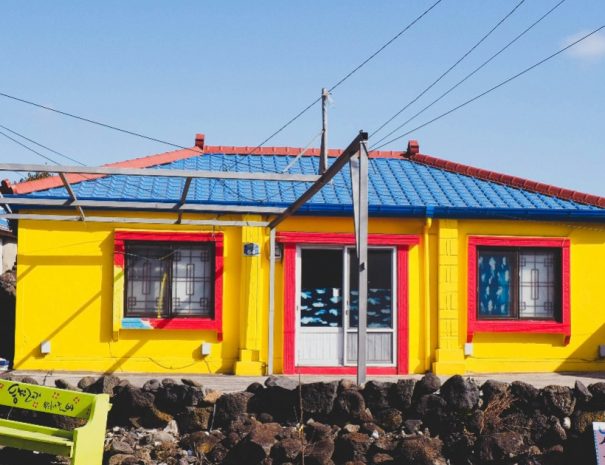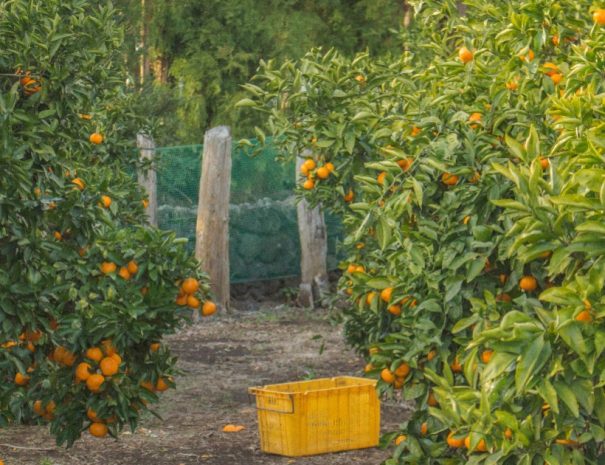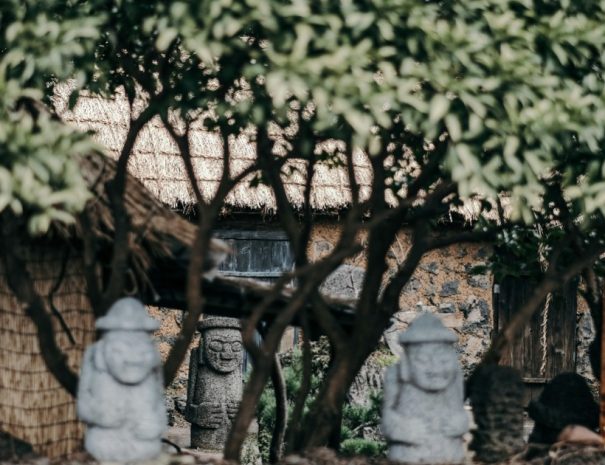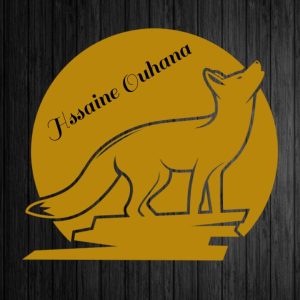Jeju Island Private Taxi Tour: Two Full Days
First of all, our major goal is to make your Jeju trip
Tour overview
Jeju Island Tour, First and foremost, our major goal is to make your Jeju tour/holiday on Jeju Island memorable and ideal by giving you affordable prices and all the information you want. You may also create your itinerary as you choose.
Basic Itinerary: East
1) Manjanggul Cave. 2) Woljeongri Beach. 3) Seongsan Ilchulbong (Lunch) with Woman Diver Show. 4) Seopjikoji (From September to December, pick between Sangumburi Crater and Ecoland. During this period, you may skip Seopjikoji. 5) Seongeup Folk Village or Jeju Folk Village Museum.
Basic Itinerary: West
1) Hallim Park or The Ma Park. 2) Osulloc Tea Museum. 3) Lunch (Local food). 4) Sanbangsan Mountain. 5) Yongmeori coastline 6) Choose from the Teddy Bear Museum, Alive Museum, or Cheonjeyeon Waterfall.
You may also tour the west and south of Jeju Island.



Tour itinerary
Manjanggul Cave
UNESCO Heritage
Woljeongri Beach
Woljeongri Beach is famous for its landscape, peaceful white beach, and stunning green ocean. Near the shore, the streets are lined with comfortable and lovely eateries.
Haenyeo Museum:
If the Manjanggul Lava Tube closes (on the first Wednesday of each month), Jeju Haenyeo Museum will serve as an alternate tour course “Haenyeo”. This is the term used to refer to female divers who operate mostly under the sea in Korea. They collect seaweed, abalone, octopus, clams, sea urchins, and other marine goods. This word has a specific importance in their lives that goes beyond simply describing a type of profession. Recently, we have only been able to see them on Jeju Island, which is one hour by aircraft from Korea’s capital, Seoul.
Seongsan Ilchulbong
Including the Women Diver Show. Seongsan Ilchulbong, also known as ‘Sunrise Peak,’ is an archetypal tuff cone created by hydrovolcanic eruptions on a shallow seabed some 5,000 years ago. This tuff cone, located on Jeju Island’s eastern shore and claimed to resemble a massive old castle, is 182 meters high, has a preserved bowl-like crater, and reveals different interior formations caused by the sea cliffs.
Seopjikoji
Seopjikoji is located at the end of Jeju Island’s eastern shore and offers a spectacular landscape, especially in April when golden canola flowers are in full bloom. “Seopji” is the area’s historical name, and “Koji” is a Jeju dialect term that means an abrupt hump on land. Seopjikoji can be substituted by Sangumburi between October and November.
Sangumburi Crater:
October, November: Sangumburi Crater Instead of Seopjikoji. The ideal time to visit is October and November.
Hallim Park
Hallim Park is a popular tourist destination in Jeju that hosts monthly flower-themed activities. One of the spring season’s highlights will be the Hallim Park Tulip Festival, which will include a variety of tulip species such as Apeldoorn, Shirley, Kees Nelis, Barcelona, Pink Diamond, and more. You may also sample bibimbap garnished with bright flowers.
The Ma Park:
As the world’s first horse-themed park, Raon The Ma Park features a permanent horse-riding show titled “Empire of Thousand Years.” Oh! Goguryeo Dynasty” is based on the life of Jumong, the founder of the Goguryeo Dynasty. It also features a high-quality horseback riding facility for beginners and experts. You may enjoy numerous horse-related materials.
O’sulloc Tea Museum
The Osulloc Tea Museum on Jeju Island, which opened in 2001, is Korea’s first tea museum. In 2013, the Osulloc Tea Stone was created close to the museum, providing tourists with numerous tea experiences and cultural activity programs.
Jeju Glass Castle:
You can select Glass Castle rather than O’Sulloc Tea Museum.
Yongmeori Coast
Yongmeori Coast is a volcanic beach composed of ash generated after intense explosions caused by hot magma from beneath colliding with cold saltwater. Along the limited route to the shore, you can see a sandstone cliff. Its name, Yongmeori (which means a dragon’s head), derives from its likeness to a dragon poised to plunge deep into the sea. Entrance may be denied during high tides or inclement weather. Mt. Songaksan will serve as an alternate tour route if the Yongmeori Coast is closed due to high tides or inclement weather.
Sanbangsan Mountain
Sanbangsan, which rises to 395 meters, is a typical dome-shaped, craterless volcano. Its name, Sanbang, comes from a natural stone cave that developed amid the mountain. A statue of Buddha may be seen within the cave known as Sanbanggulsa Temple. According to tradition, the water drops on the cave ceiling are tears of love shed by the goddess who guards Sanbangsan’s stone walls.
Songaksan Mountain:
Mt. Songaksan will serve as an alternate tour route if the Yongmeori Coast is closed due to high tides or inclement weather.
Teddy Bear Museum Jeju:
Since its inauguration in 2001, teddy bear fans have had another venue to snuggle up with the world’s most renowned plush toys! Enjoy its diverse collection of thematic exhibitions, including Seoul History, 100 Years of Modern History, Arts, World Travel, and many more.
Alive Museum:
A Tricky Theme Park Featuring Five Optical Illusion Experience Themes Trick art, digital art, sculpture, and Provence art. We will provide our guests with a unique and interesting experience and tale through five distinct themes.
Cheonjiyeon Falls
Cheonjeyeon Falls, often known as “the Pond of God,” is divided into three divisions. A diverse range of plant species flourishes around the falls, including the rare’solimnan’ reeds. To the east, there is a cave where cold water streams from the roof, forming the first waterfall. The water accumulates in a pool and then falls twice more, forming the second and third waterfalls, which pour into the sea.
Seongeup Folk Village
This traditional town on Jeju Island has been kept as it was in the past, with huge stacks of stones built to shelter roofs from the wind. The buildings have been recognized as valuable folk treasures because the Joseon Dynasty preserved the castles and dwellings erected to resist a Japanese invasion. Folk Village is optional. You might choose the Jeju Folk Village Museum.
Includes:
- We provide hotel pickup and drop-off services in Jeju City's downtown area.
- Travel via private regular/jumbo/minivan cab.
- Simple/Basic English/Chinese-speaking driver; gasoline and parking costs are included in the pricing.
- English, Chinese, and Japanese guides are provided in the van and minibus.
- In addition, an English-speaking staff member will be present to coordinate this activity.
Excludes:
- Personal expenses / Food and beverages.
- Driver's Lunch is 10,000 KRW, plus admission costs.
- Pick-up and drop-off outside of downtown Jeju City will incur an extra charge of 40,000-120,000KRW.
- Gratuities are encouraged but not required.
Testimonials
Booking this cab was the finest decision we made for our Jeju vacation! Mr. Koh, our driver, was very kind, professional, and competent. We planned our itinerary, and Mr. Koh was able to transport us to our selected places and assist us along. We adore Mr. Koh!! Having him with us made our Jeju vacation more easier and worry-free.
Nika
Jessie
We had two full-day tours (east and west) with Terry from Lucas Travel. We had a great time on our trip. Terry is pleasant and personable. He speaks simple English, and we have no problem speaking with him. He also helped us schedule two excellent local eateries for our two-day lunch, and we are extremely delighted with his advice. Thank you, Terry.
Priest
Kylee
Tour highlights
- To receive a full refund, you must cancel at least 24 hours before the experience's start time.
- If you cancel less than 24 hours before the experience's start time, you will not receive a refund.
- Any modifications made less than 24 hours before the experience's start time will be rejected.
- The cut-off times are depending on the experience's local time.
Important details
Point of convergence:
Pickup details:
Pick-up and drop-off at your specified hotel (Jeju City Downtown) For accommodations outside of Jejusi (20 minutes from Jeju airport), a fee of 30,000-120,000 KRW applies. Please keep in mind that if you stay longer than the tour time, you will be charged an extra cost for each 30 minutes. Fees are as follows: Regular taxis cost 15,000 won, jumbo taxis cost 20,000 won, vans cost 25,000 won, and minibusses cost 35,000 won for 30 minutes.
Before you go, be aware of the following:
- You will get a confirmation at the time of booking.
- Not wheelchair accessible.
- Not suggested for travelers with back problems.
- Pregnant tourists should avoid this activity.
- There are no heart issues or any other major medical disorders.
- The majority of passengers may participate.
- The pricing is fixed for each car.
- Each additional hour costs between 30,000 KRW (standard taxi) and 40,000 KRW (giant taxi). The payment is given straight to the driver.
- You may select from two types of English-speaking drivers: a basic English-speaking driver for an additional USD 35 per day or an expert English-speaking driver for an additional USD 70 per day.
- Pickup and drop-off outside of downtown Jeju City will cost an additional 30,000 to 120,000 KRW.
- Each additional hour costs between 50,000 KRW (Van) and 70,000 KRW (Minibus). Payments are made straight to the guide.
- Please keep in mind that if you stay longer than the tour time, you will be charged an extra cost for each 30 minutes. Fees are as follows: Regular taxis cost 15,000 won, jumbo taxis cost 20,000 won, vans cost 25,000 won, and minibusses cost 35,000 won for 30 minutes.
- This is a private tour or activity. Only your group will participate.
